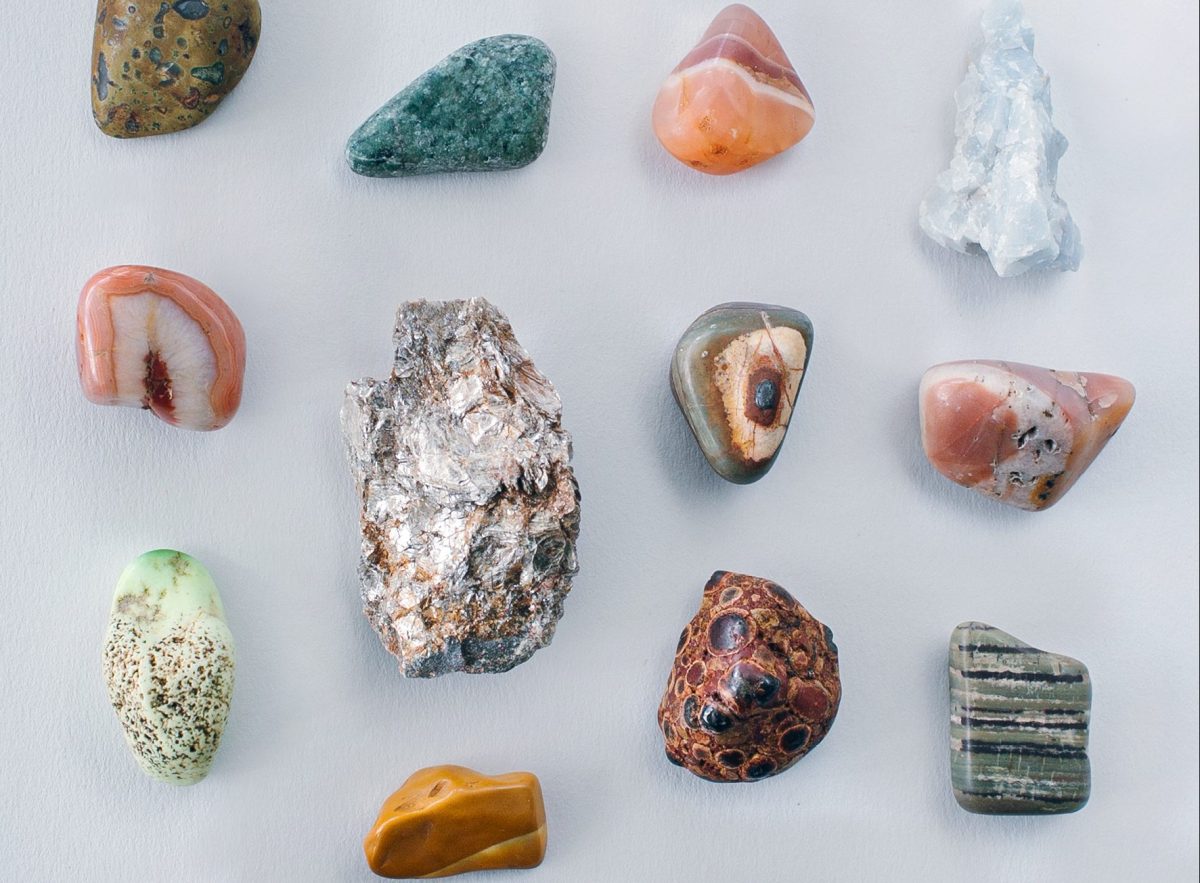This collection of essays by Gemma Nisbet explores the significance objects take on in the aftermath of loss – the way they shape and define us, and act as talismans for grief. This is a thoughtfully written collection in which the author muses on the relationship we develop with the flotsam and jetsam of our lives, and the physical and emotional legacy we inherit from our parents.
I read it hot on the heels of Bad Seeds musician Warren Ellis’s book Nina Simone’s Gum, which covers similar terrain. Ellis is a born storyteller and, like Nisbet (who is a travel writer), has roamed his way around the globe, playing for his supper and forming attachments to found objects that anchor him to his memories.
But whereas Ellis’ book is hilarious and compelling, Nisbet’s is more contemplative and meandering. His narrative centres on the elevation of a piece of Nina Simone’s chewing gum into a sacred talisman of a living legend. He took the gum from the piano she left it on at a concert curated by his friend and colleague Nick Cave in London in the late 90s and, 20 years later, had it cast in silver and mounted as the star piece in an exhibition again organised by Cave. The gum is the hero in Ellis’ narrative, and it makes for riveting reading. Nisbet, on the other hand, has no central story with which to anchor her musings, and at times her writing seems to lack focus and cohesion.
I lost my father earlier this year and my son in early 2021, so I am no stranger to the grieving process. I read this collection hoping for connection, insight and comfort but, unfortunately, I did not find it. There’s no doubt The Things We Live With is well written, with beautiful descriptions and poetic prose, but I felt Nisbet was playing a little too safely in her discussion of her grief and mental health struggles. She alludes to her personal struggle with anxiety – touching on her suicidal ideation, her tendency to catastrophise and her anxiety about fronting up to professional engagements – but her exploration of these struggles is vague and detached and, while I found it interesting, I struggled to feel any connection to her, and I longed for her to delve deeper.
I wondered if her anxiety about the opinions of her academic colleagues influenced her writing a little too much and made her play safe in the telling of her story. I will own that my own grief and mental health struggles have been so seismic that this may not be the right book for me at this current period, when my grief is still very raw.
Grief is a deeply emotional process, and grievers long for catharsis and connection. I cried rivers, for example, when I read Nick Cave’s painful discussion in his book (co-written with Sean O’Hagan), Faith Hope and Carnage, about the night he lost his beloved son Arthur. I longed for a similar catharsis with Nisbet’s book, but sadly found it lacking.
She does, however, explore some interesting terrain and references many excellent writers and sources. I found her discussion and critique of Joan Didion – another writer vaunted for her writing on grief – fascinating.
In her discussion of Didion’s writing, Nisbet makes one of her most salient observations, on what Didion called ‘the vortex effect’ – ‘…the way a seemingly benign scene or object or path could in grief suck her into previously happy memories made painful by circumstance’. My son was studying classical piano at The West Australian Academy of the Arts, and a few bars of Nocturne or The Moonlight Sonata will often find me face to the floor, howling.
Later Nesbit quotes artist Vanessa Berry: ‘One of the confounding aspects of grief … [is] the contrast between the pain of loss, acute and interior and lonely, with the oblivious churn of life as it continues all around.’
Read: Book review: The Collected Regrets of Clover by Mikki Brammer
This review is clearly biased against The Things We Live With because of my recent loss and need for sense-making, connection and catharsis. I would urge readers who enjoy intelligent, contemplative writing to give Nisbet’s book a go. It may not move you, but it will offer plenty of food for thought about the meaning we make from the objects in our lives, and the way they connect us to our grief and our memories.
The Things We Live With
By Gemma Nisbet
Upswell Publishing
Paperback, 220 Pages, $29.99





